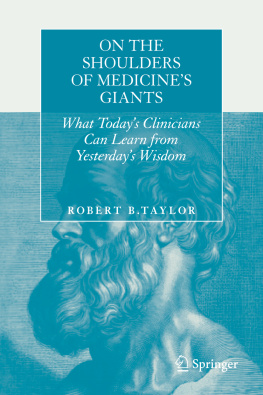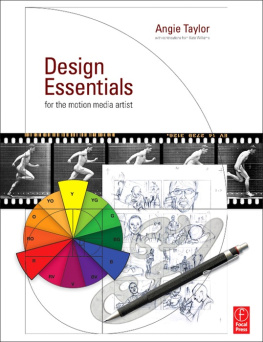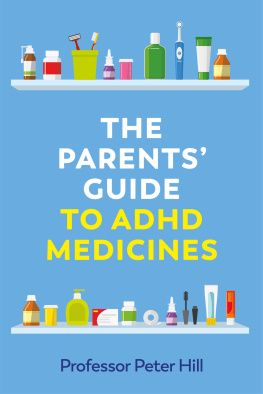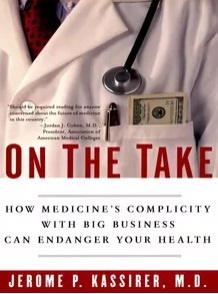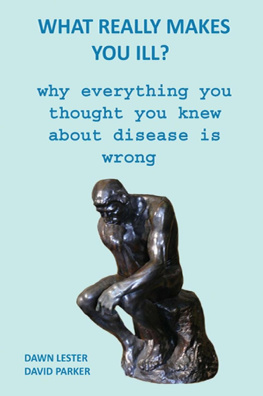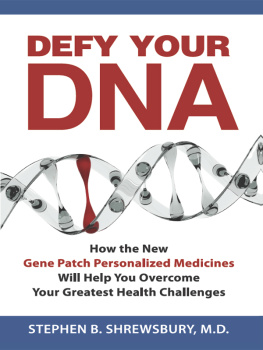1. The Profession and Professionalism
At the heart of medicine is its tradition as a healing profession. Through the millennia from shamans to todays robotic-enabled surgeons, our role as healers has bound us together. We have been professionals . In the classic sense, we have professed an oath, whether the words are attributed to ancient Chinese or Indians, Hippocrates, Maimonides, or, more recently, the Declaration of Geneva. On a more practical note, we have learned, employed, and shared a specialized body of knowledge and skills, and have been granted special status in society and exclusive rights of practice, i.e., licensing. We serve, but we also enjoy extraordinary privileges.
Fundamental to the belief system of medical practitioners is the philosophy that what we do is, first and foremost, for the benefit of humankindoften represented by the patient before us in the office or hospital. The patient comes first, ahead of economic gain or personal career advancement. This commitment to altruistic values is the cornerstone of medical professionalism. It is why the sick person can visit a new physician with the assumption that he or she will receive not only skilled, but principled care. This selfless commitment to caring for patients is a fundamental concept in professionalism.
Over the last decade or two I have read a lot about professionalismgenerally defined as denoting the attributes, competence, and skill of being a professional, as described briefly above. Not all professionals can claim to exhibit professionalism: As extreme examples I cite priests who sexually molest children, lawyers who cheat their clients, and physicians who fraudulently bill for services they did not perform.
Today professionalism is a required competency in graduate medical education, as well as for board certification and maintenance of certification [1]. If professionalism is required, then how is it defined in a way that we can measure whether one does or does not possess the attributes?
In 2002, the Annals of Internal Medicine and The Lancet simultaneously published Medical Professionalism in the New Millennium: A Physician Charter, containing three principles and ten commitments. The three principles were based on the values of traditional medical ethics: the primacy of patient welfare, patient autonomy, and social justice. The ten commitments range from clinical competence to appropriate relations with patients to professional responsibilities [2].
Then in 2009, we were presented with A Blueprint to Assess Professionalism: Results of a Systematic Review. This report identifies five clusters of professionalism: adherence to ethical practice principles; effective interactions with patients and with people who are important to those patients; effective interactions with people working within the heath system; reliability; and commitment to autonomous maintenance/improvement of competence in oneself, others, and systems [3].
And when it comes to professionalism as a required competency for physicians, the Blueprint provides guidelines for assessment: a combination of observed clinical encounters, multisource feedback, patients opinions, paper-based tests or simulations, measures of research and/or teaching activities, and scrutiny of self-assessments compared with assessments of others [3].
As I read the papers cited above and others about professionalism, I am reminded of a quote (originally referring to being in power ) by former British Prime Minister Margaret Thatcher. To paraphrase her analogy: Being professional is like being a lady; if you have to tell them you are, you arent. But such an intuitive assessment is too simplistic for todays world. In fact, some of our assumptions about medical professionalism are evolving, as we will see in this and the following chapters.
Cohen JJ. Professionalism in medical education, an American perspective: from evidence to accountability. Med Educ. 2006;40:607.
Medical professionalism in the new millennium: a physician charter. Ann Intern Med. 2002;136:242.
Wilkinson TJ et al. A blueprint to assess professionalism: results of a systematic review. Acad Med. 2009;84:551.
Science, Art, and the Profession of Medicine
Life is short, science is long; opportunity is elusive; experiment is dangerous, judgment is difficult. It is not enough for the physician to do what is necessary, but the patient and attendants must do their part as well, and circumstances must be favorable.
Hippocrates (ca. 460377 BCE) [1]
Of all the many writings attributed to Hippocrates, the thought recorded above is one of the best known (see Fig. ). I find several intriguing facets to these two sentences. First of all, in checking several sources, I find the phrase science is long in some and the art is long in others. Today, of course, in the era of evidence-based medicine, we make a fairly clear distinction. Just as an example, a classic textbook of diagnosis is titled Sapiras Art and Science of Diagnosis [2]. In medicine today, we think of science as what we can study and measure, and the art as based on experience and intuition. Has our thinking changed over the past 2,500 years?
Fig. 1.1
Hippocrates examining a child, a painting by Robert Thom, 1950s. http://www.springerimages.com/Images/MedicineAndPublicHealth/5-10.1186_1748-7161-4-6-11
The Hippocratic approach to medicine involved careful observation, natural healing methods, thoughtful prognostication, and avoiding harm to the patient, with the physician serving as natures facilitator. Should we term such an approach science or art? Todays emphasis is certainly more on etiologic diagnosis and targeted intervention than was the style in the Age of Pericles. Hippocrates treated fever with the drink made from coarse barley meal, sometimes from apple and pomegranate juice and juice from toasted lentils, cold [3]. Today fever may prompt an expensive battery of laboratory tests, perhaps empiric antibiotic therapy or even, if the patient is an infant, a spinal tap.
Hippocrates believed, Our natures are the physicians of our diseases [1]. Hence the coda above that calls for nature to be aided by the actions of the patient and attendantsthose who support the patients quest for healthand favorable circumstances, such as a healthy lifestyle and the avoidance of environmental hazards. Could it be that Hippocrates and his contemporaries would hold that, in the practice of medicine, science and the art are actually closely related, maybe even one and the same? And to what degree are they linked today?
Lloyd GEF, Ed. Hippocratic writings. Translated by Chadwick J et al. New York: Penguin; 1983.
Orient JM. Sapiras art and science of bedside diagnosis, ed. 4. New York: Williams and Wilkins; 2009.
Hippocrates: Epidemics 2, 47, trans. Smith W. New York: Loeb; 1994.
Professionalism and Personal Gain
No physician, in so far as he is a physician, considers his own good in what he prescribes, but the good of his patient; for the true physician is also a ruler having the human body as a subject, and is not a mere moneymaker.

